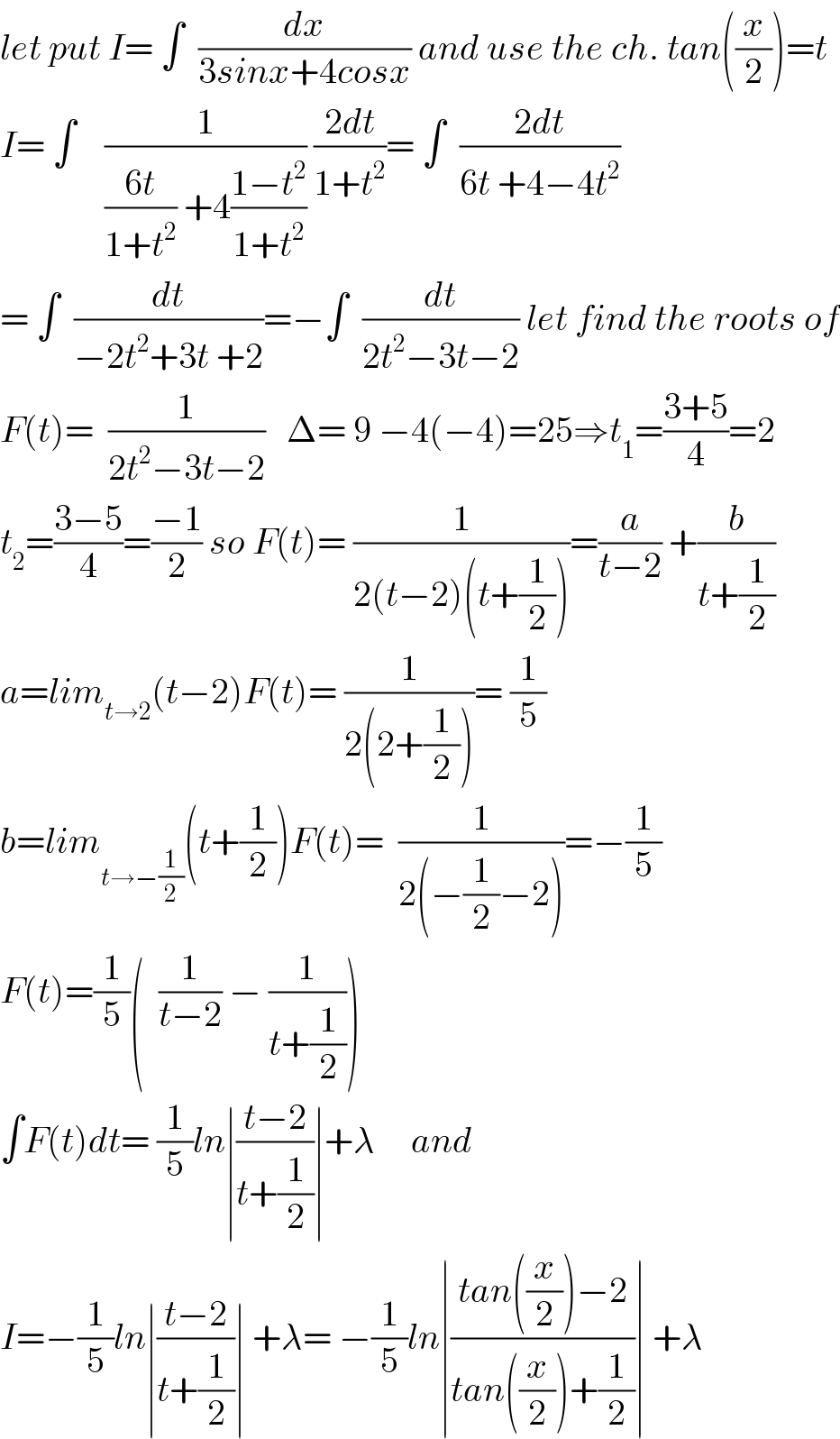
Question and Answers Forum
Question Number 28706 by students last updated on 29/Jan/18

Commented by abdo imad last updated on 29/Jan/18

Commented by students last updated on 29/Jan/18

Commented by Tinkutara last updated on 29/Jan/18
This is a similar question. Just ignore the limits and change the values.
Commented by Tinkutara last updated on 29/Jan/18

Commented by Tinkutara last updated on 29/Jan/18

Commented by students last updated on 29/Jan/18

Commented by abdo imad last updated on 29/Jan/18

Answered by ajfour last updated on 29/Jan/18

